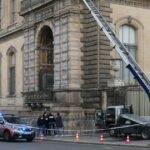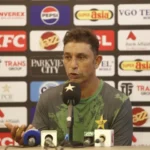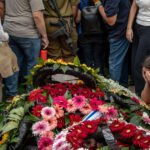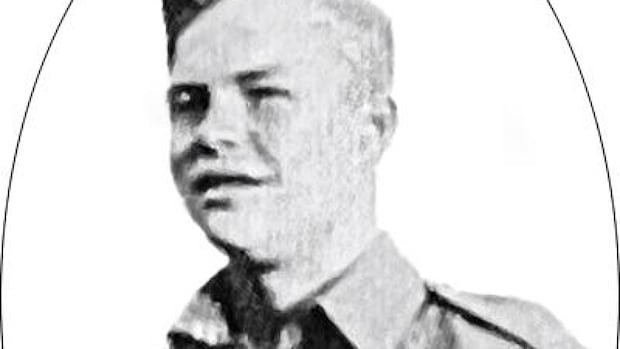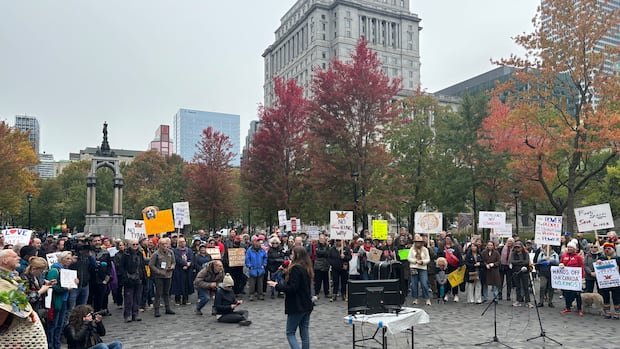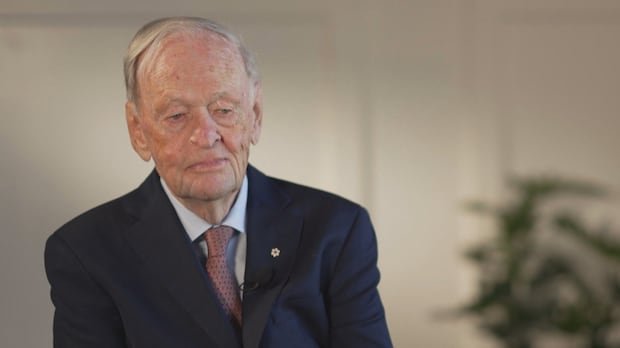The tomb of a Canadian soldier who disappeared in the Netherlands during World War II has been identified as that of the private Arthur Vanance, according to the National Defense Department and the Canadian Armed Forces.
Vanance, which served with the 1st Battalion of the Superior Lake Regiment (Motor), was killed in Action on February 15, 1945, near the Dutch city of ‘S-Hertogenbosch. But, for decades, it was included as missing without known grave.
Its final resting place was confirmed through extensive historical and archiving research by the victims identification program. His grave is located in the Holten Canadian War cemetery in the Netherlands, where a redeeding ceremony will be held to Headstone on a later date.
“His courage embodies the unwavering commitment of Canadians who have always risk everything in the name of duty,” said Defense Minister Bill Blair, in a statement. “It is a debt that can never be paid, but it will not be forgotten.”
The trip of a soldier
Arthur Vanance was born in Kenora, Ontario, on January 5, 1919, son of Emmanuel Joseph and Annie Vanance. It was one of the six children. His family cultivated in Melick, now part of Kenora, before moving to Ottawa. His father died in 1934, and his mother married again.
Vanance enlisted in July 1940 with the Superior Lake Regiment, which had been mobilized for active service two months before. He trained in Canada and the United Kingdom before landing in Normandy in July 1944. He fought in the liberation of France and the Netherlands.
At the beginning of 1945, as part of the fourth Canadian armored division, the Vanance Regiment was parked along the Maaas River. On February 15, B Company launched a patrol to the enemy territory. Vanance and Lance CPL. Harold Frederick Hilderley established a Bren weapon position to provide coverage, but the patrol was under heavy machine gun fire. The unit was forced to retire, leaving Vanance behind, which was seriously injured.
After the war, Vanance remained the only soldier of his unit that day without a known tomb. His name was registered in Panel 11 of the Groesbeek Memorial, which honors more than 1,000 soldiers of the Commonwealth who died in northwest of Europe.
The wait for a family of decades
For almost 80 years, the Vanance family had little information about Arthur’s fate. His granddaughter’s niece, Tina Romanuk, said her grandfather, Albert Vanance, who also served with the superior lake regiment, rarely talked about her brother’s disappearance.
“He was very sad when his brother did not return from a mission and he really didn’t want to talk about it,” Romanuk said. “He has just mentioned the probabilities and ends … he went on a mission voluntarily and never returned.”

That changed in 2016 when an independent researcher suggested that a unidentified Canadian soldier buried in Holten could be a vanity. The National Defense Department and the Commonwealth War Commission launched an investigation. In December 2024, the Victims Identification Review Board confirmed the identity of Vanance. His family was notified earlier this year.
The Minister of Vetarans Affairs, Darren Fisher, said that identification is especially significant since Canada marks the 80th anniversary of the release of the Netherlands.
“There is no greater tribute to the fallen than to ensure that their courage stories last in the coming years,” he said. “For their loved ones: know that their legacy will live in our hearts.”
Honoring his sacrifice
Vanance was 26 years old when he died. He left a wife, Rita Margaret Mervier, and her little son.
His granddaughter’s niece says the news was unexpected.
“We had no idea where I was,” Romanuk said. “So it was a shock when I received the call from the war department because I thought, ‘oh, that’s fine. Maybe that guy was right.'”

His family will now have the opportunity to see his name on a tombstone dedicated in the Holten Canadian War cemetery.
Vanance identification is part of a continuous effort of the victims’ identification program to ensure that fallen soldiers receive the recognition they deserve.
“I was fighting for us … we wouldn’t be where we are today without that, [he] He played a role in all our lives, “Romanuk said.
